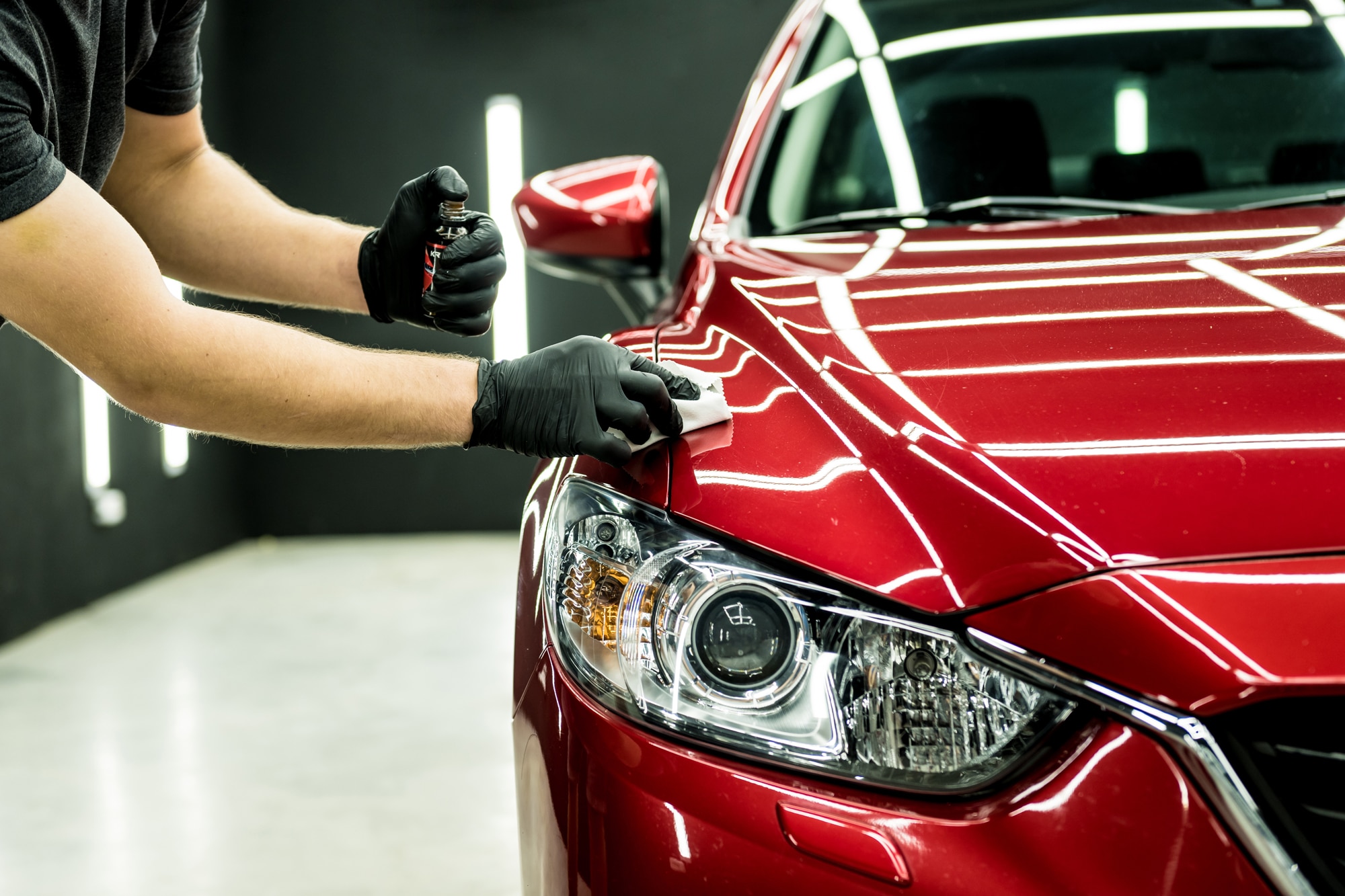A Comprehensive Overview to the Sorts Of Ceramic Finishing on the marketplace
Ceramic coatings have emerged as a crucial remedy throughout different sectors due to their one-of-a-kind buildings and applications. As we check out the distinct qualities and applications of these finishes, the implications for performance and longevity become progressively evident, elevating concerns regarding which type may ideal fit your demands.
Understanding Ceramic Coatings
Ceramic layers are sophisticated protective remedies that have actually acquired popularity in numerous sectors, particularly in automobile and aerospace applications. These coverings are composed of a fluid polymer that, when cured, forms a durable, hydrophobic layer on the surface area of the substrate. This layer gives enhanced resistance to ecological pollutants, UV radiation, and chemical direct exposure, consequently extending the life and visual charm of the underlying material.
The basic component of ceramic finishes is silica, which adds to their solidity and toughness. The application procedure generally entails surface preparation, application of the coating, and treating, which can be attained with heat or UV light. Once cured, ceramic coverings show exceptional bonding properties, permitting them to adhere highly to a selection of surface areas, including metals, plastics, and glass.
Along with their protective functions, ceramic coatings also offer ease of maintenance. Their hydrophobic nature lowers the adherence of dirt and gunk, making cleaning simpler and less regular. Overall, the adoption of ceramic finishings stands for a significant innovation in surface area defense modern technology, providing both practical and aesthetic benefits across multiple sectors.
Kinds Of Ceramic Coatings
Various types of ceramic finishes are available, each created to satisfy certain efficiency demands and applications - Auto Detailing. One of the most typical kinds consist of:
Silica-based Coatings: These finishings mainly contain silicon dioxide and are understood for their resilience and chemical resistance. They are widely utilized in vehicle and industrial applications.
Titanium Dioxide Coatings: Distinguished for their photocatalytic residential properties, titanium dioxide finishings are frequently used in environments where self-cleaning and antifungal homes are preferable, such as in building materials and vehicle surfaces.
Zirconia Coatings: Characterized by their high-temperature stability and thermal resistance, zirconia finishes are used in applications such as generator engines and high-performance automotive components.
Alumina Coatings: Exhibiting excellent solidity and thermal security, alumina coatings are regularly made use of in wear-resistant applications, including reducing devices and commercial equipment. - ceramic coating sarasota
Crossbreed Coatings: Integrating the residential properties of various materials, hybrid coverings offer enhanced efficiency attributes, making them ideal for unique and demanding applications.
Each sort of ceramic finishing offers distinctive purposes, permitting users to choose one of the most proper service based on certain environmental problems and performance demands.
Benefits of Ceramic Coatings
Ceramic finishes, in certain, offer countless advantages that make them significantly preferred among makers and customers alike. These finishings are resistant to scratches, chemicals, and UV rays, making certain that the underlying surface area remains secured over time.
In addition to resilience, ceramic layers give excellent hydrophobic homes, enabling very easy cleaning and maintenance. This water-repellent nature decreases the adherence of dust, crud, and other pollutants, which can lengthen the visual charm and capability of the surface. Ceramic coverings can dramatically boost thermal resistance, making them excellent for applications that endure high temperatures.

Application Process
When using ceramic finishings, a meticulous technique is important to accomplish optimal outcomes. A clean surface area makes sure appropriate adhesion of the coating.
As soon as the surface area is prepped, the following action is to apply the ceramic covering. This can be done making use of an applicator pad or a microfiber cloth, guaranteeing even coverage. It is critical to work in little sections to keep control and protect against early healing. The layer ought to be used in thin layers, as thicker applications can cause uneven surfaces.
After Go Here application, the finish calls for a specific treating time, normally varying from a couple of hours to a full day, depending on the item. Complying with these actions diligently will maximize the efficiency and durability of the ceramic coating, giving a durable safety layer for the surface area.
Maintenance and Longevity
To make sure the long life and efficiency of a ceramic layer, regular maintenance is necessary. Ceramic finishings, understood for their toughness and safety high qualities, call for details treatment regimens to optimize their life expectancy and efficiency. The primary step in upkeep involves routine cleaning with pH-neutral soap, preventing severe chemicals that can weaken the coating. It is recommended to clean the vehicle frequently, preferably every two weeks, to avoid the accumulation of impurities that can endanger the finish's stability.
In enhancement to regular cleaning, regular examinations are important. Seek signs of wear or damages, such as hydrophobic residential or commercial properties diminishing or surface blemishes. If needed, a light gloss might be used to rejuvenate the finish without stripping it away.
Additionally, the application of a booster spray can improve the finish's hydrophobic results and restore its gloss. This is especially valuable for layers that have actually remained in usage for an extended duration. Inevitably, by sticking to these maintenance practices, one can significantly expand the life of a ceramic finishing, guaranteeing that it proceeds to offer optimal security versus environmental elements and maintain the aesthetic charm of the car.
Conclusion
